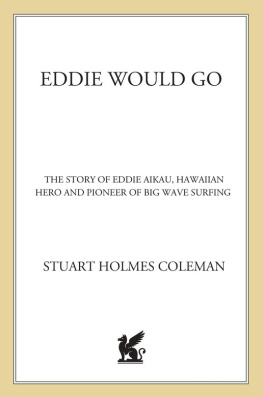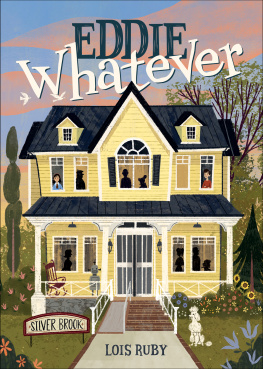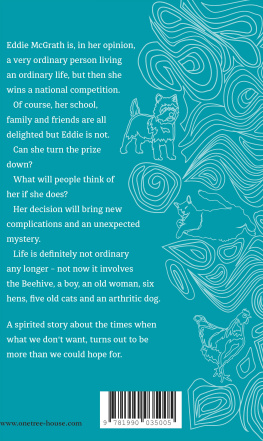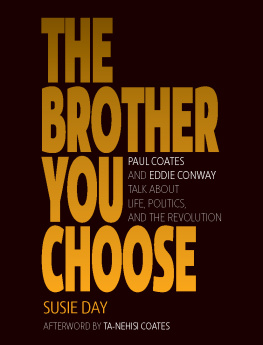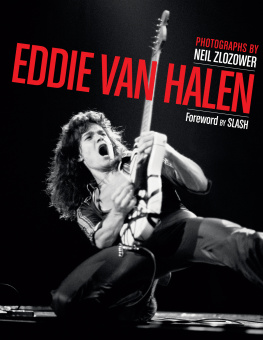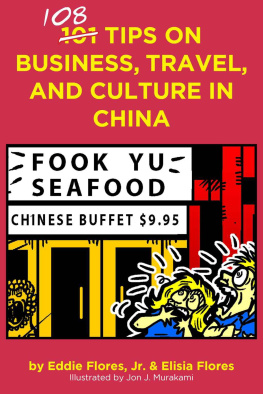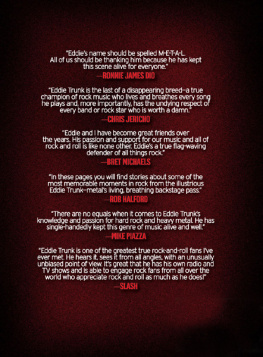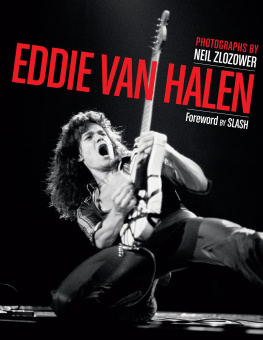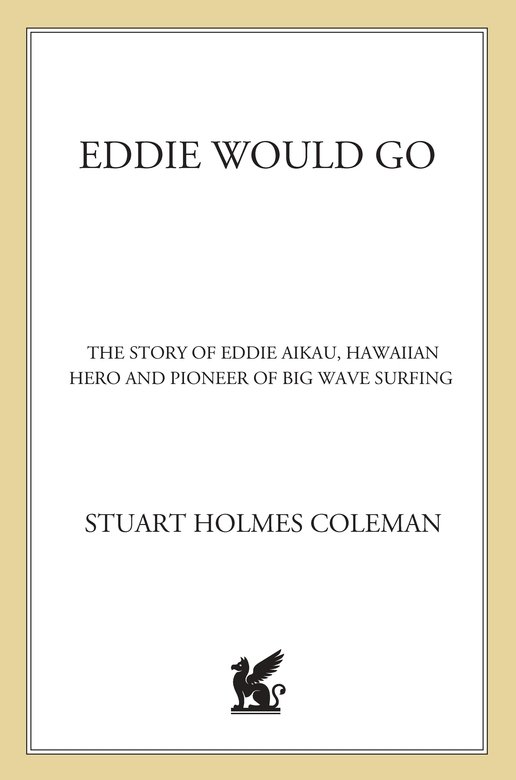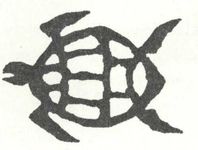Like a voyaging canoe, this book took time and many hands to build, and now, after four years in the making, it is finally ready to sail. It would have been impossible to write the book without the support and assistance of the Aikau family. I want to express my deep thanks to Clyde, Myra and Sol, along with the extended Aikau ohana, including Linda Crosswhite Ipsen, Ricki Aikau, Lynne Holmes, Jodi Young, Bill Pierce, David Bettencourt and John Kruse. They have all helped to perpetuate Eddies spirit.
A big mahalo goes to Peter and Sally Cole for introducing me to the Aikaus and for supporting this book from beginning to end. Sandy Hall was a tremendous help as a writing partner, editor and friend, and her biography of Duke Kahanamoku served as an inspiration for this one. I want to thank Jesse Kornbluth for believing in the book and shepherding it from rough draft to finished product. Mahalo to all those who gave me valuable feedback on the book, including Lori Aki, Beth McDermott, Dan Kois, Katharine Walton, Tai Crouch, Sabrina Civitella, Dotsie Brittingham and Ed & Alex Coleman.
Special thanks to all those who helped support and promote the project, including Nainoa Thompson, the Polynesian Voyaging Society, the Surfrider Foundation, and Donne Dawson, Don King, Baron Stander and Wren Wescoatt.
Because much of the book is based on personal interviews, I am grateful to all those who shared their memories and stories about Eddie, including (alphabetically): Terry Ahue, Mozelle and Johnny Angel, former Governor George Ariyoshi, Rabbit Bartholomew, Ken Bradshaw, Joey Cabell, Mark Cunningham, Beadie Dawson, Darrick Doerner, Mark Dombroski, former Mayor Frank Fasi, Ben Finney, Mark Fragale, Wally Froiseth, Ricky Grigg, Jeff Hakman, Fred Hemmings, Kimo Hollinger, Jim Howe, James Jones, Barry Kanaiaupuni, Herb Kane, Bill Kapuni, Brian Keaulana, Buffalo Keaulana, John Kelly, Sammy Lee, Gerry Lopez, David Lyman, Marion Lyman-Mersereau, Piikea Miller, Greg Noll, Roger Pfeffer, Norman Piianaia, Randy Rarick, Jack Shipley, Kelly Slater, Jo-Anne Kahanamoku Sterling, Jock Sutherland, Shaun Tomson, Peter Townend, Peter Trombly, Fred Van Dyke and Elisa Yadao.
Many thanks to the design team. Book design and production are by MacKinnon Simpson and Noreen Valente, with input from Greg Laliberte and Wren Wescoatt. Wainwright Pienas petroglyph designs enlivened each chapter heading. The cover design is by Michel Le, based on an image by the late Bob Goodman, who photographedEddie in the enormous surf at Waimea in November 1967.
Mahalo to those who contributed photographs, including the Aikau family, Mozelle Angel, Greg Laliberte, Kimo Hugho, Bernie Baker, Tim McCullough, Ricky Grigg, Fred Hemmings, Linda Crosswhite Ipsen, Lorie Goodman, David Brown, Leroy Grannis, Sandy Wood, Doug Cavenaugh and Peter Townend.
Additional thanks go to Wanda Adams, Bill Anderson, James Baker, Paul Berry, Joanna Brody, Mark Cave, Liberty Chavez, Michelle Ching, John Heckathorn, Randy Hild, Scott Hulet, Sean Marrs, Maile Meyer, Glen & Meredith Moncata, Michael Peters, Michelle Shin and David Yoshida. During my research I was also helped by Nick Carroll, Marion Lyman-Mersereau and Weston Yap, whose articles on Eddie helped lay the groundwork for this book.
Special thanks to Frank and Kitty Damon, my hanai family in Hawaii.
Finally, I want to thank the following corporations for their support:
QUIKSILVER, TS RESTAURANTS, SURFING MAGAZINE, AND THE HAWAII VISITORS AND CONVENTION BUREAU (HVCB).
Follow the Turtles
We are from the ocean, and we are water people who will end up back in the sea sooner or later.
Solomon Aikau III
Honoring his fathers wish to share Eddies legacy with the world, Clyde proved his dedication to his brother in 1986, the year of the first annual Quiksilver in Memory of Eddie Aikau Contest. During the waiting period for the contest, a mammoth swell hit Oahus North Shore, flooding roads and destroying two homes. Because the surf was so big and dangerous, officials argued over whether or not to hold the event. While they debated over the safety of the surfers, big-wave maverick Mark Foo looked out into the maelstrom of waves and whitewater and nonchalantly told one cameraman, Eddie would go. The saying stuck, and it eventually became popular in the Islands and in the international board-riding community.
When they finally decided to hold the event, the early rounds went off in huge waves that continued to build throughout the day. Like the Smirnoff Contest in 74, monster swells more than 40-feet high sometimes closed out the Bay and swept the surfers toward the shore. Sitting out in the lineup with friends and fellow surfers like Ken Bradshaw and Mark Foo, Clyde knew he was competing against the best big-wave riders in the world. Foo was on fire that day, and it became clear he was the man to beat. Taking off on giant waves with vertical drops, Mark pushed all the limits and established an early lead in the contest. Well aware of the dangers of the sport, Mark Foo would later say during an interview with Surfer that dying in huge surf would be a a glamorous way to go and that its not tragic to die doing something you love. Years later, he fulfilled his own prophecy. In the winterof 1995, while surfing with Ken Bradshaw at Mavericks, the epic break located at Half-Moon Bay below San Francisco, Mark Foo wiped out on a wave that broke his board and held his body underwater until he drowned.
During the finals of the Quiksilver Contest, Clyde saw two turtles swimming out beyond the lineup. In the face of such huge waves, they seemed calm and playful, like Eddie and Jose Angel used to be. Staring at the graceful creatures, a voice inside him said, Follow the turtles. As a Native Hawaiian steeped in mana, Clyde believed that animals could take the form of aumakua, or spiritual guardians, so he listened to his instincts and followed them. Knowing that positioning was critical in big surf, he paddled toward the turtles way past the lineup. When he was far beyond the other competitors, Clyde suddenly saw the biggest wave of the day rise up on the horizon and swallow the sky. He turned his board around, started stroking for the beast and then dropped more than forty feet down its rushing face. Crouched just ahead of its roaring maw, Clyde rode the wave across the Bay to the inside section until it died out. The crowds on the beach and the overlooking cliff shouted with excitement. When he finally made it back out, Clyde followed the turtles once again. Another set came rolling in, and he rode the mammoth wave all the way in to the shore.
A fog horn announced the end of the heat, and the other contestants came in from the giant surf. While the judges tallied the final scores, everyone speculated as to whether Clyde had been able to overtake Marks lead. When the emcee announced that Clyde had won the event, a surge of electric energy swept through the crowd. Family and friends swarmed around Clyde, who was so overcome by emotion he couldnt speak. To have it come out that way, head judge Jack Shipley said, It was almost too much to bear. That Hawaiian mana stuff is pretty awesome. With tears in his eyes and a stammer in his voice, Clyde dedicated his victory to his brother, just as Eddie had done for Gerald during the Duke Classic ten years before. To this day, Clyde still believes the turtles were the guiding spirits of Jose Angel and Eddietogether, they had won the contest.

